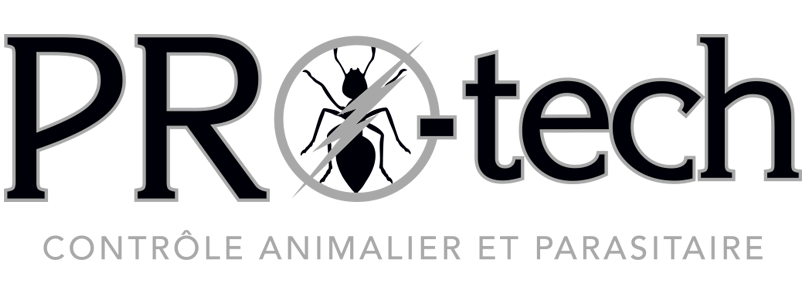
Flies
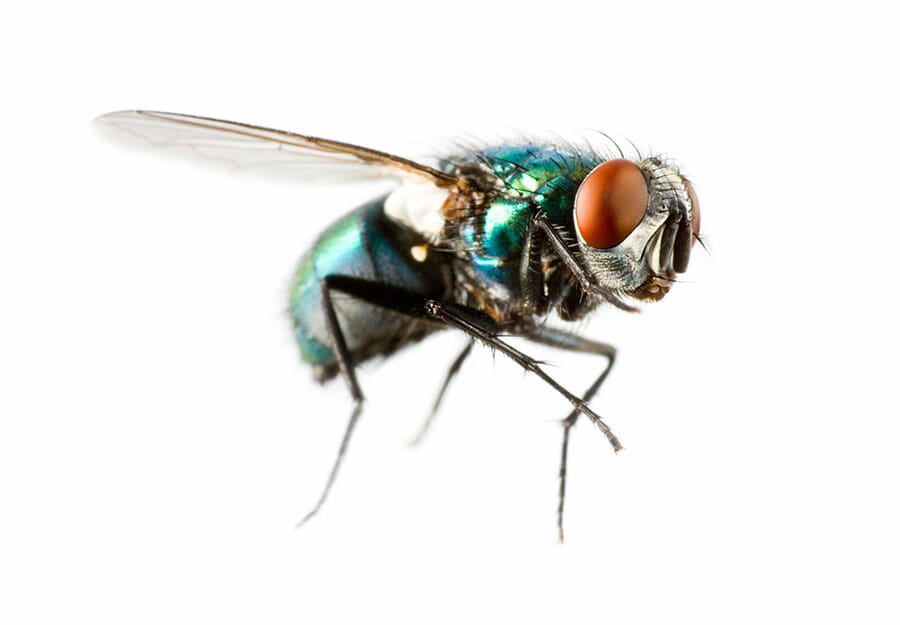
Homeowners are often bothered by sluggish flies in their homes in late winter and early spring. These flies are collectively called “clustering flies,” but may actually be any of the three most common types of flies.
Should I be concerned?
Although blow flies and face flies can present a risk of food contamination because of their breeding and feeding habits, cluster flies are not usually a health hazard. However, cluster flies are a nuisance, and are parasites on our friendly earthworms.
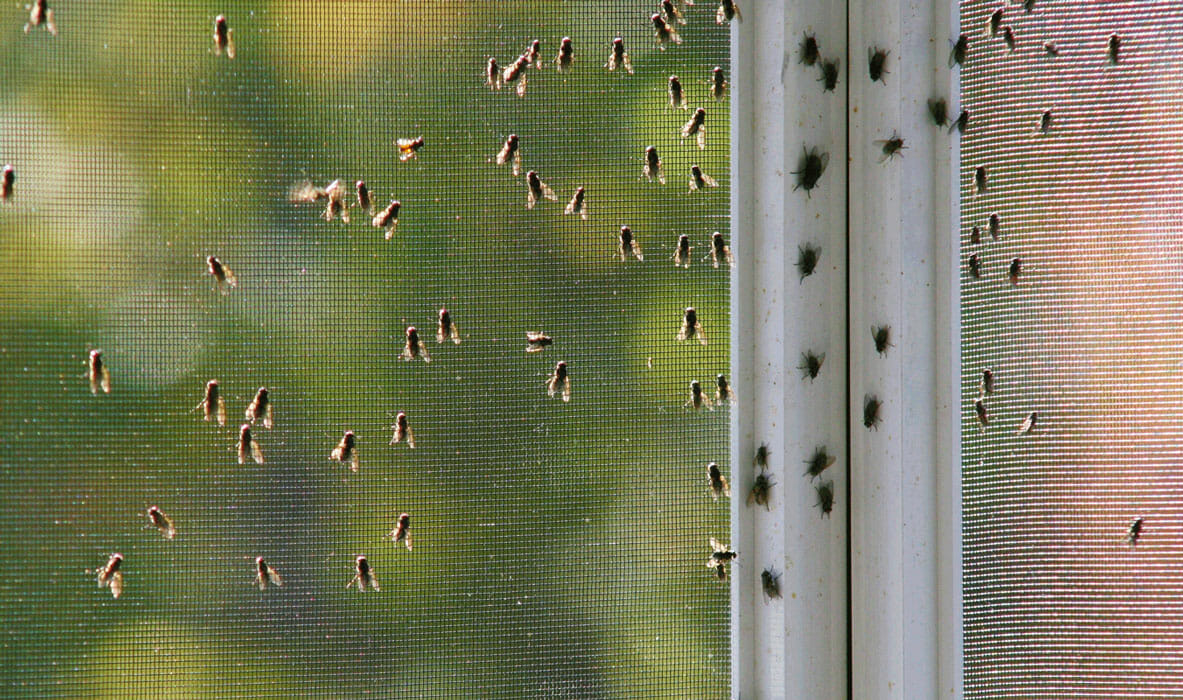
How do I know I have a problem?
Blow flies or face flies may hibernate in homes that are located near livestock farms, or places where animal wastes or garbage accumulation are not well managed.
Cluster flies hibernate in secluded areas of houses (like in wall voids, attics, closets, and empty rooms). They are a particular nuisance because they leave stains on walls and curtains. Also, if flies die in wall voids, they may attract larder beetles, which will feed on the dead flies and then migrate to other areas of the house.
Adult cluster flies start looking for winter shelter when the days shorten in late summer and early fall. They are often attracted to the warm south and west sides of buildings, particularly those located in open and exposed areas. After sunning themselves during the day, the flies will look for a warmer place as the sun goes down and will eventually crawl into any small opening they can find in the house siding or under eaves. They may then settle within the walls or attic to hibernate.
A fly problem becomes more obvious on days when temperatures rise and the flies become more active, gathering in windows where light attracts them.
The Species
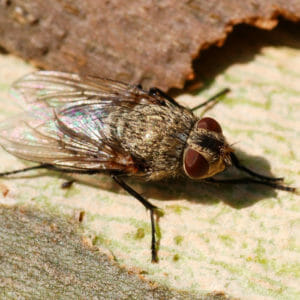
Cluster flies
Cluster flies are about 8 to 10 mm (.31 to .39 inches) long. They are dark grey, with black and silver (non-metallic) checkered stomachs, and many golden hairs on their upper body (these may or may not be present on older flies). Unlike house flies, their wings overlap when they are at rest. At first glance, they may look like house flies, but they are larger, darker and slower-moving. There tends to be more of these flies in houses surrounded by large lawns or those backing onto open parks. The name “cluster fly” is used because of their habit of gathering in clusters after entering a house in the fall. They may give off a sickly, sweetish odour if disturbed.
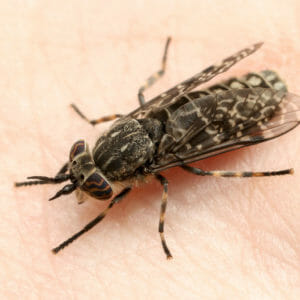
Face flies
Face flies are pests of cattle and may hibernate in homes or invade them during the summer. Hibernating face flies have very similar habits to cluster flies. Since the larvae develop in fresh cattle manure, face flies are most likely to invade farm homes or homes located near pastures or where cattle are kept.
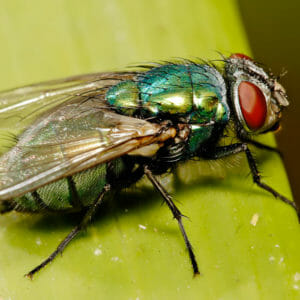
Blow flies
Blow flies, also referred to as blue or green bottle flies, are robust flies with shiny metallic bodies. They can often be found in homes during winter and early spring. These “buzzing” insects develop in manure or dead animal carcasses. They are strong fliers and are attracted to lamps or lights. The green bottle fly is also attracted to dog feces and garbage.
